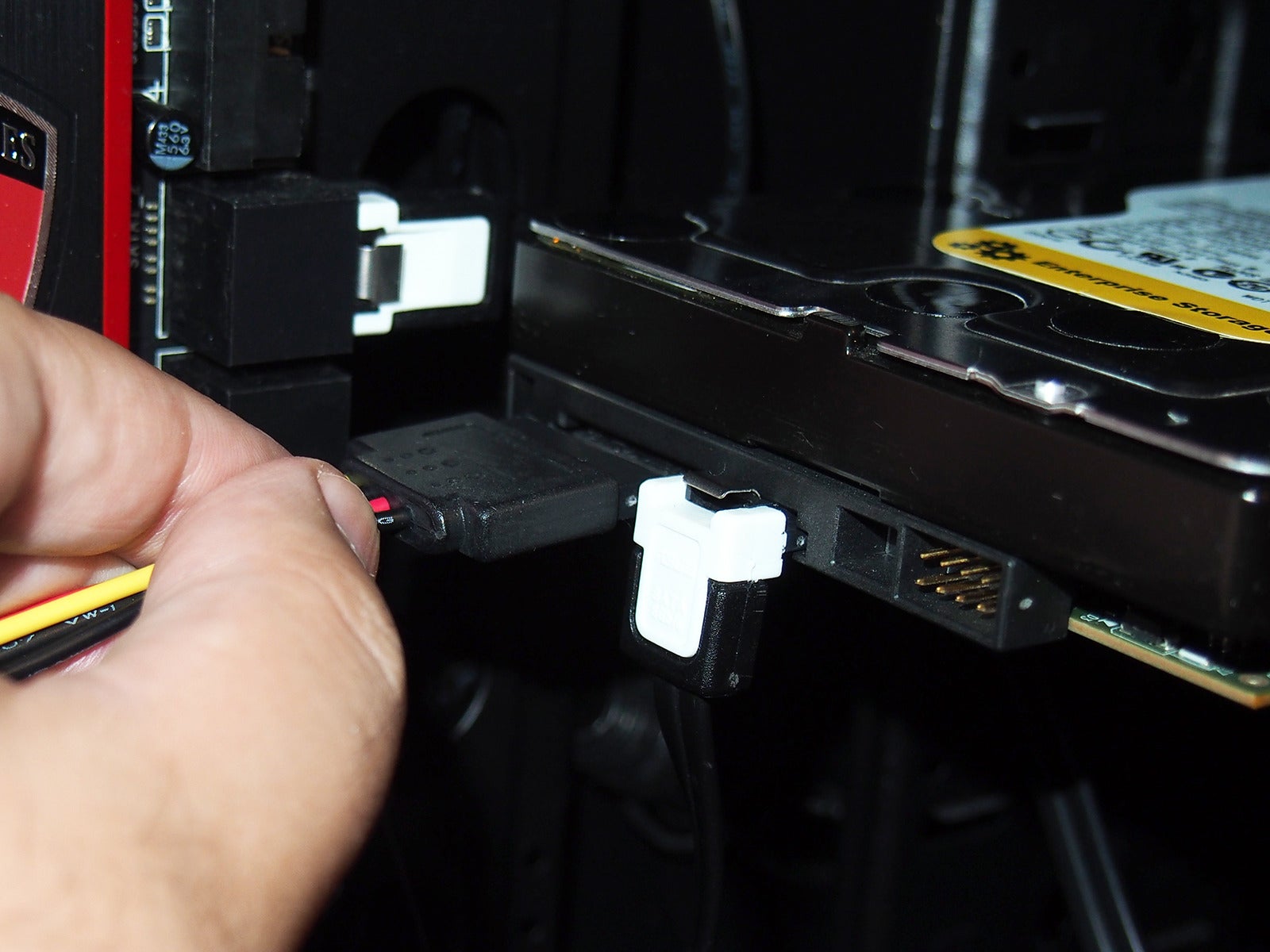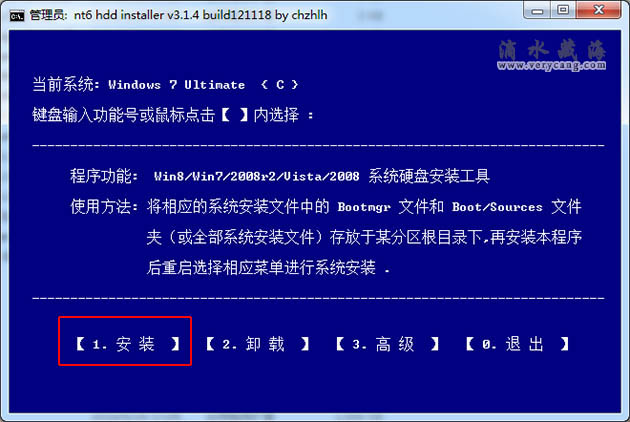
Thinstation Hdd Installer
From your hard drive, usb stick or cf card (syslinux) from your Windows/DOS system (loadlin). You have a problem and you have read the FAQ & FAQ + and can't seem to see what is wrong. See How to install ThinStation. How much disk space do I need then? 8 to 20 megabytes if you can afford it (depending on what applications you load).
Im trying to help a small office to setup a thinclient.I found thinstation very interesting and it fits what we want to do. We want to re-use our old pcs and old thinclients and have them RDP to the windows server 2012. I don't have any background in Linux and I cant understand the FAQs and HOWTOs on the thinstation website.
I downloaded thinstation and install it in a pc to build the ISO(am I right?) then I don't know how to transfer the build to a HDD(boot to local hdd and automatically run RDP). Thank you in advance. OK, since I don't know how far you have things setup lets rewind a bit. The iso image you downloaded in a CD format of the bootable installer program that will build the thinstation dev environment.
Instruction manual for jessops 8 ins digital photo frame - Cameras question. Search Fixya. 7”LCD Screen Digital Photo Picture Frame. Jessops 8' High Resolution Digital Photo Frame? Of the Jessops 8. The current state of technology regarding digital photo frames and the context of this thread. Jessops digital photo frame manual required mnaual or instructions required - Cameras question. Jessops digital picture frame manuals plus.
Since this installer is a complete OS (linux) it must be either installed on bare metal or in a virtualized environment. If you want to go the virtualized route then tells you how to set it up on a windows host. While I'm at it that link also addresses part of your question about the moab build (the suggestion to read the links I provided was because almost everything you needed is covered there). Once you have the dev environment setup boot it up. The dev environment should come right up to a desktop with no password required. Make sure the dev environment is plugged into a network that has direct internet access (life will be easier for you for the next part if it does). Select Start->DevStation->Update DevStation.
This will bring the dev environment up to current and pick up any new drivers developed since the iso image was created. Once the update is done reboot the dev environment Start->Session->Restart.

Now you should be ready to build your first image. 1) On the desktop of the DevStation you should have a few icons, double click on the terminal chroot. This should open a command window at the root folder ( / ). 2) Change to the build folder (cd build). 3) key in the following without the parentheses (./build --allmodules ) after you key this in the DevStation will churn a bit and then return you to the command prompt. 4) If the build was successful you should change to the boot-images/iso folder. In there you should find a thinstation.iso file.
This is the thinstation boot image. You need to transfer this thinstation.iso image to a windows computer. 5) Use the unetbootin program to 'burn' this iso image to a flash drive. This flash drive will become the boot drive for your thinstation computer. If everything works out when you boot your compiled image you should end up with a linux desktop with butterflies as the background image with icons on the desktop.
These icons are for rdesktop (an RDP like client). Here are a few threads to start with. Look for my posts. In regards to your question. The iso image you downloaded is used to build the build environment. You can install this directly onto a phycial computer, or run in a vm under ESXi, VMWare Workstation, or even VM Player.
Once you have the dev environment setup then you can focus on updating the configuration files for your exact build. Again my posts have a lot of info that I won't repeat here. Do you need to know linux. Well not really since the dev environment is all gui driven. Does understanding linux help, YEP.
What I typically do when starting with new hardware is I will build the image from command line and add in the command to include all modules (akin to adding in all hardware drivers) in the kernel. This makes the kernel very big but it then has the best chance to run on all hardware.